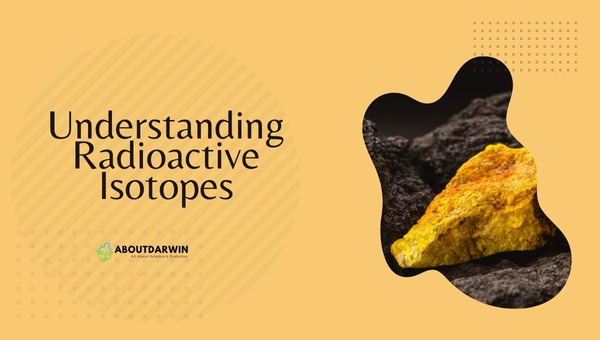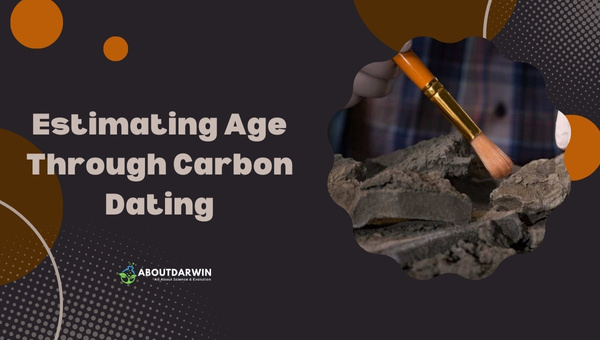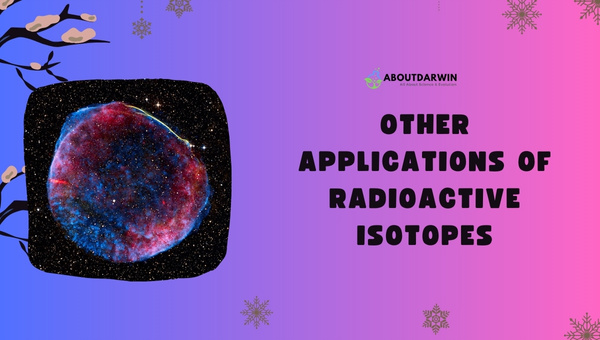Physical Address
304 North Cardinal St.
Dorchester Center, MA 02124
I ever wondered how scientists uncover the age of historical artifacts and living organisms? The answer lies in an incredible technique known as carbon dating. By measuring the amount of radioactive decay in a given substance, I can estimate its age with remarkable precision. This process has revolutionized our understanding of Earth’s history, from the remains of ancient civilizations to the million-year-old fossils of Earth’s past inhabitants.
Radioactive isotopes, specifically carbon-14, play a crucial role in this dating method. It’s created naturally in the Earth’s atmosphere and gets incorporated into every living organism.
The stable component, carbon-12, remains constant, but once an organism dies, the radioactive carbon-14 starts to decay at a known rate. By comparing the ratio of carbon-14 to carbon-12 in a sample, I am able to determine the approximate age of that specimen.
Carbon dating isn’t just for paleontologists and archaeologists. Understanding the principles behind radioactive decay enables many fields, from geology and climate research to forensics, to make sense of the world around us. Carbon dating has revolutionized our understanding of time, offering new insights into history’s great mysteries and the natural world.
Contents
Before diving into carbon dating, it’s essential to grasp the concept of radioactive isotopes. In the world of chemistry, isotopes are atoms of the same element with differing numbers of neutrons. Some isotopes, however, are unstable and undergo radioactive decay.

During this process, they release energy through subatomic particles like alpha and beta particles or gamma radiation. The property of radioactive decay makes isotopes essential for estimating ages through carbon dating.
To comprehend radioactive isotopes better, I’ll outline some vital points:
Here’s a table of some common radioactive isotopes and their half-lives:
| Isotope | Half-life |
|---|---|
| Carbon-14 | 5,730 years |
| Uranium-238 | 4.46 billion years |
| Potassium-40 | 1.25 billion years |
Using the principle of radioactive decay, scientists can estimate the age of various objects or substances. In the case of carbon dating, the focus is on carbon-14, a radioactive isotope of carbon. This method is particularly effective for dating up to 50,000 years old organic material.
With these foundational concepts, the next sections should clarify how carbon dating employs radioactive isotopes and their properties to estimate the age of various objects. Whether it’s ancient artifacts, fossils, or geological formations, radioactive isotopes play a critical role in uncovering our planet’s history.
One of the most reliable methods I’ve found when estimating the age of objects is carbon dating. This technique uses radioactive isotopes, specifically carbon-14, to determine an object’s age. In this section, I’ll explain the basic principles of carbon dating and how scientists utilize isotopes to estimate age.

Carbon dating relies on the presence of carbon-14, which is formed when cosmic rays bombard nitrogen atoms in the upper atmosphere. Once formed, this radioactive isotope starts to decay, turning back into nitrogen at a constant rate, known as its half-life.
This half-life, in the case of carbon-14, is around 5,730 years. The process of carbon-14’s decay and the subsequent ratio of carbon-14 to stable carbon isotopes in an object is used to estimate its age.
Here’s a brief rundown of the carbon dating process:
It’s important to note that carbon dating isn’t flawless or applicable to every object. There are limitations to this method:
Despite these limitations, carbon dating remains valuable for archaeologists, geologists, and other researchers. Through this method, we’ve been able to uncover the age of ancient artifacts, fossils, and geological formations.
One of the most famous examples of carbon dating is the Shroud of Turin. Although debate continues regarding its authenticity, carbon dating was used on this religious relic to estimate its age, which was found to be between 1,260 and 1,390 AD.
Carbon dating provides us with an accurate method to unravel the mysteries of our past. We can estimate their age by analyzing the radioactive isotopes found within organic materials and further increase our understanding of history.
Three Types of Rocks That Make Up Our Earth’s Crust
Apart from carbon dating, radioactive isotopes are crucial in numerous aspects of modern life. In this section, I’ll discuss other widely used applications of radioactive isotopes and how they contribute to different industries.

In medicine, radioactive isotopes are often used for the diagnosis and treatment of various illnesses. For instance:
Nuclear energy relies heavily on radioactive isotopes, particularly uranium-235 and plutonium-239. Nuclear power plants harness the energy released during the fission of these isotopes, providing about 20% of the electricity consumed in the United States.
Various industries employ radioactive isotopes for quality control, measurement, and tracing. Some examples include:
Researchers use radioactive isotopes to study environmental processes and to improve agricultural practices, such as:
| Medical | Energy Production | Industrial Applications | Environmental Science and Agriculture | |
|---|---|---|---|---|
| Example isotopes | I-131, Technetium-99m, Cobalt-60 | Uranium-235, Plutonium-239 | Iridium-192, Cobalt-60, Plutonium-238 | Tritium, Phosphorous-32, Sulfur-35 |
As we can see, radioactive isotopes have a wide range of applications, offering indispensable tools to various industries and research endeavors.
While carbon dating is a widely used method for determining the age of certain organic materials, it’s important to recognize that, like any scientific technique, there are some potential limitations. In this section, I’ll discuss a few of these limitations that can affect the reliability and accuracy of carbon dating results.
One significant limitation lies in the assumptions made about carbon-14 levels. To calculate an object’s age, scientists assume the level of carbon-14 in the atmosphere has remained constant over time. However, this is not always true. Factors such as changes in solar radiation, volcanic eruptions, and industrial activities can influence carbon-14 concentrations. These fluctuations can lead to inaccurate age estimations.
Another issue is the presence of contamination. If an object has been exposed to materials containing different levels of carbon-14, the test results might be skewed. Common contaminants include:
Moreover, carbon dating is only applicable to organic materials. It cannot be used to estimate the age of non-organic materials like rocks, metals, or ceramics. Also, it is only effective for items that are between 300 and 50,000 years old. Beyond this age range, the amount of remaining carbon-14 is too small to measure accurately, making carbon dating less reliable.
Lastly, the availability of samples can also be a limitation of carbon dating. Some materials, such as paper or textiles, tend to degrade over time, making them difficult to test. Additionally, the destructive nature of the testing process may discourage some researchers from testing rare or fragile artifacts.
while carbon dating has proven invaluable for dating organic materials, it is crucial to be aware of its limitations. Accuracy can be affected by assumptions regarding carbon-14 levels, contamination, and the age and material of the object being tested. By understanding these potential issues, scientists can better interpret carbon dating results and continue to refine this essential dating technique.
Discover 4 Steps of the Nitrogen Cycle: Importance, Impact
Throughout this article, I’ve delved deep into the fascinating science behind carbon dating and how radioactive isotopes are used to estimate the age of various materials accurately. We’ve seen how this technique is crucial for understanding our past and making important discoveries about the age of the Earth, human history, and the evolution of countless species.
By understanding the fundamental principles of radioactive decay, we’re able to gain meaningful insights into the age of materials. In short, carbon dating relies on the following key concepts:
Using these principles, scientists have revolutionized our understanding of the world around us. Carbon dating has contributed to some of the most significant findings within disciplines like:
It’s important to remember that carbon dating isn’t always foolproof. Factors such as contamination, assumptions about initial isotope concentrations, and small sample sizes can introduce some degree of uncertainty. However, when applied correctly and combined with complementary methods, carbon dating remains an invaluable scientific tool.
In science and academia, the quest for knowledge is endless. As we continue to refine this technique and develop new dating methods, our understanding of the past will also keep growing. With each discovery, we take another step toward unraveling the vast tapestry of the Earth’s history and the mysteries of the universe.